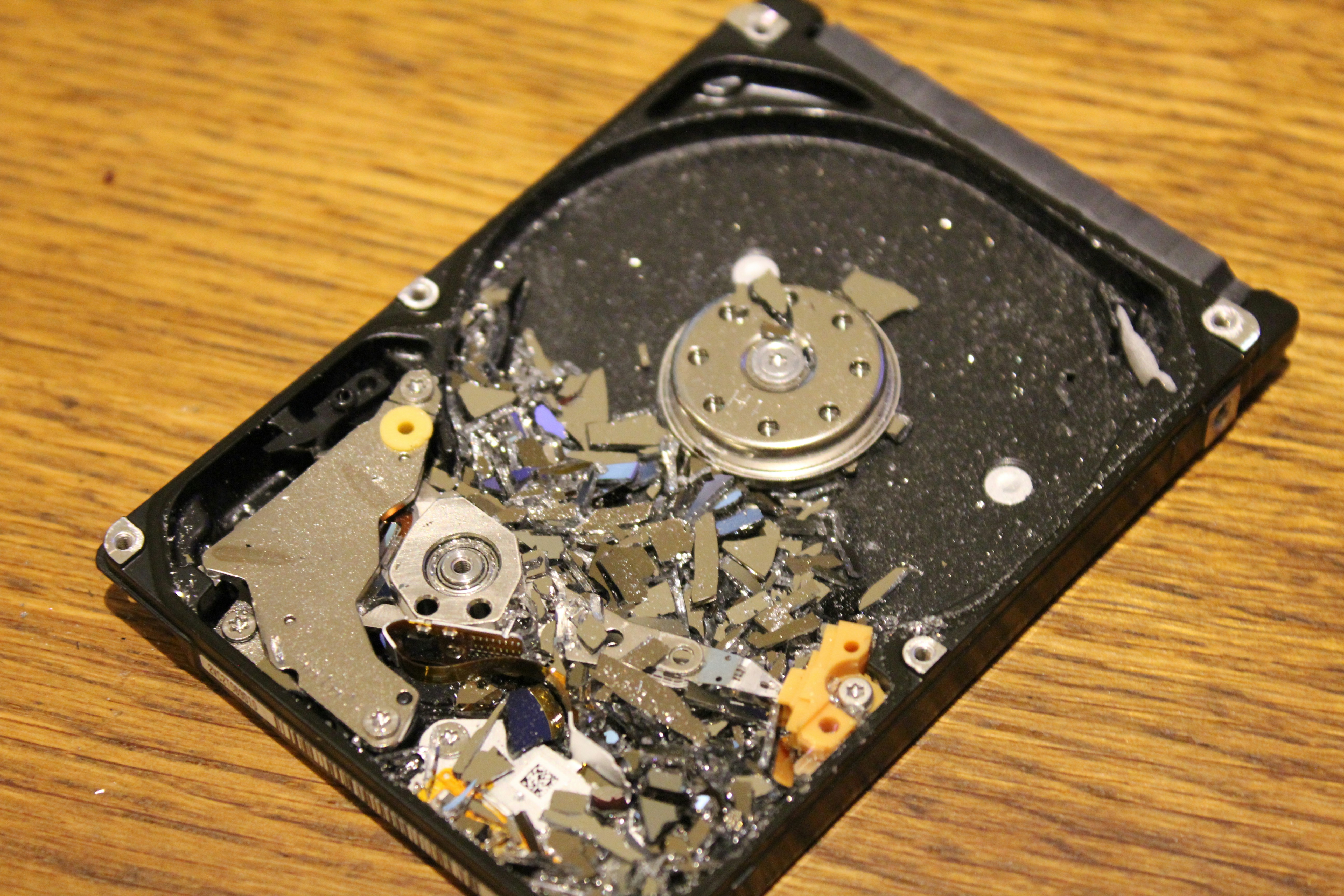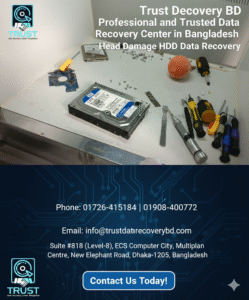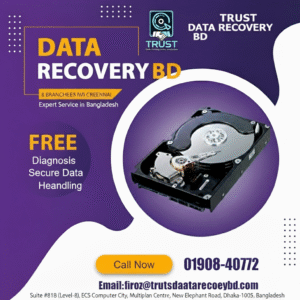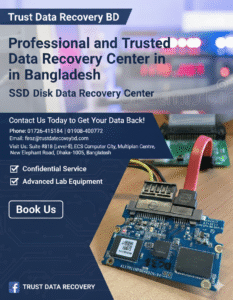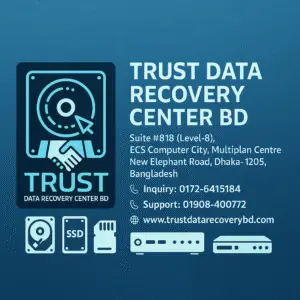The Complexity of Data Recovery
Data recovery involves a multifaceted process that can vary significantly based on the underlying cause of data loss. Understanding these complexities is essential for individuals and organizations looking to retrieve lost information. Different scenarios surrounding data loss necessitate distinct technical approaches and specialized skills. For instance, logical failures, which occur due to software malfunctions or accidental deletions, often require an expert who can navigate file systems and understand data structures. In contrast, physical damage to storage devices, such as hard drives or SSDs, demands a different set of techniques, often involving specialized equipment used in cleanroom environments to prevent further damage during recovery efforts.
Malware attacks represent another unique challenge within the realm of data recovery. When a system becomes compromised, restoring files may involve not only recovering the corrupted data but also neutralizing the malware to ensure that files are safe to use again. This complexity necessitates professionals who possess knowledge in digital forensics, enabling them to understand the intricacies of malware behavior and its impact on data structures. These experts must be adept at implementing data recovery methods while simultaneously safeguarding against potential future threats.
Moreover, the rapid advancement of technology further complicates data recovery processes. As new data storage technologies emerge, so too do the specific methods required to recover data from these systems. Trained professionals remain essential to navigating this evolving landscape, ensuring that the recovery process is executed efficiently and effectively. The skills and tools required for effective data recovery contribute significantly to the overall costs associated with retrieving lost information. As such, investing in qualified expertise is critical for successful data recovery, ultimately underscoring the complexities inherent in this vital field.
The Role of Specialized Equipment
Data recovery is a complex process that often necessitates the use of specialized equipment and tools. In order to successfully retrieve lost or corrupted data, professionals in the field require high-quality hardware and software designed specifically for data recovery tasks. The cost of such specialized equipment can significantly contribute to the overall financial burden associated with data recovery services.
One essential aspect of data recovery involves the use of cleanroom facilities. These controlled environments are crucial for performing physical repairs on damaged storage devices, such as hard drives. In a cleanroom, the air quality is meticulously managed to minimize the presence of dust and other contaminants that could further damage sensitive electronic components. The maintenance and operation of cleanroom facilities require substantial investments, including high-end filtration systems, rigorous training for technicians, and ongoing monitoring. Consequently, the expenses incurred in managing a cleanroom directly impact the cost of data recovery services.
Additionally, advanced diagnostic software plays a pivotal role in evaluating the condition of storage media. This sophisticated software assists data recovery professionals in identifying the issue and determining the best course of action. The development and continuous updating of such software demand significant financial resources, as it must adapt to new storage technologies and formats. Therefore, investing in cutting-edge tools and techniques ensures that data recovery specialists remain effective in addressing diverse data loss scenarios, but it also contributes to elevated service fees.
The necessity to stay current with technology trends further accentuates the need for specialized equipment. As storage devices evolve, so too must the methods and tools used for data retrieval. Hence, the financial outlay associated with maintaining such specialized equipment becomes a critical consideration for those seeking data recovery services.
Ensuring a Secure Recovery Environment
In the process of data recovery, establishing a secure recovery environment is paramount to protect sensitive information from potential threats. A secure environment is characterized by rigorous protocols and measures that ensure data remains confidential throughout the retrieval process. This necessity stems from the increasing number of regulations and standards concerning data protection that organizations must comply with, such as the General Data Protection Regulation (GDPR) or the Health Insurance Portability and Accountability Act (HIPAA). These regulations necessitate that any data recovery efforts prioritize security, creating a multi-faceted approach to safeguarding information.
To create a secure recovery environment, organizations often deploy a variety of security measures, including access controls, encryption, and monitoring systems. Access controls ensure that only authorized personnel can engage in the recovery process, significantly minimizing the risk of unauthorized data exposure. Encryption plays a crucial role in protecting data at rest and in transit, acting as a barrier against interception or theft during the recovery phase. Monitoring systems, on the other hand, can detect any unusual activities or breaches in real time, allowing for rapid responses to potential threats.
However, implementing these protocols carries a financial burden. Organizations must allocate resources for compliance with data protection regulations, which may include ongoing training for staff, the acquisition of secure recovery tools, and audits to assess adherence to security standards. These additional costs are essential to ensure a trustworthy recovery process, contributing to the overall expense associated with data recovery services. As businesses increasingly rely on digital systems, the necessity for a secure recovery environment cannot be overlooked, making it a critical consideration in the data recovery process.
Cost Comparison: DIY vs Professional Services
Data recovery is a critical issue faced by individuals and businesses alike, especially in a world that is increasingly reliant on digital information. When confronting data loss, many may consider the option of performing a DIY data recovery. While this approach may appear to be a cost-effective solution at first glance, it is crucial to weigh the potential financial implications and risks associated with self-recovery efforts. Often, the costs incurred through DIY methods can dwarf those of hiring professional services.
DIY data recovery typically involves using software tools or technical skills to recover lost data. The cost of software licenses ranges widely, from free options to premium packages priced at several hundred dollars. However, the financial outlay does not account for the hidden costs of potential mistakes. In many cases, amateur attempts to recover data can result in further corruption or even complete data loss. This is particularly noteworthy when dealing with hardware issues, where improper handling may cause irreversible damage, leading to expenses far exceeding initial savings.
On the other hand, hiring professional data recovery services generally incurs higher, but justified costs. Standard rates for professional services can fluctuate between $100 to $400 for simple cases, while more complex recovery situations may demand upwards of $1000, depending on factors such as the type of storage device and the nature of the data loss. Despite these costs, the expertise and specialized equipment employed by professionals are invaluable. A qualified technician’s ability to navigate intricate recovery processes significantly reduces the risk of damaging the data further, ultimately offering a higher chance of successful recovery.
Investing in professional services can be seen as a safeguard against permanent data loss and the associated consequences, such as lost productivity and potential data breaches. Therefore, while the upfront costs may seem daunting, the long-term benefits of ensuring data integrity through professional assistance may far outweigh the risks and potential costs of attempting DIY recovery strategies.


